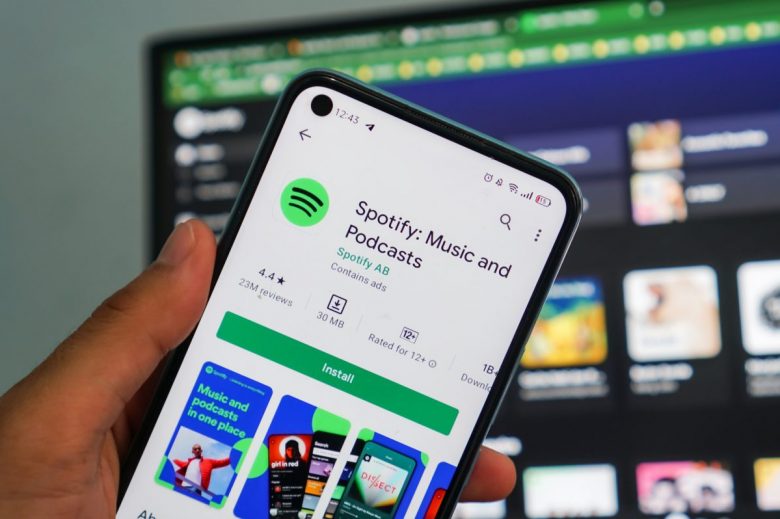There are many types of business models to choose from when starting and operating a business. However, the freemium business model continues to be a popular option for many startups and established companies. While this business model may not be right for every company or project, it has proven to be a viable option for many organizations. The following are five reasons why the freemium business model works well:
- It’s a strategy that reduces friction by allowing users to get started quickly and easily.
- Freemium products can increase conversion rates over traditional pricing models.
- Freemium products can make it easy for users to share with others, encouraging referral traffic and user acquisition.
- Freemium products allow you to collect key customer data to better understand your product’s value.
- It’s low risk for the user.
Because the freemium model gives users a chance to try your product for free, it’s easier to assess its value. There is a barrier to entry in a paid model that isn’t present in a free version. For example, suppose you have never used the product before and want to try it out of curiosity or interest. In that case, you’d probably be more likely to test out a free app than one that costs money upfront (especially if there are other options available).
This means that it’s easier for users interested in your Software as a service (SaaS) product to determine whether they like what they see enough to pay for additional features down the line. This can lead directly to increased conversions at higher price points once they’re confident in your core offering! Even though there are pros and cons of the freemium business model, this strategy has been shown to be very effective and profitable if done right.
Why the Freemium Model Works so Well
1. Free Products and Services Attract Sales
The free version of a product is an excellent way to get people to try your product and then upgrade to a paid version.
For example, if you were selling pens, you might offer a free pen with every purchase of three or more. This is an effective way of getting them hooked into buying more pens in your store and becoming loyal customers.
Also, let’s say that there is an app that allows users to send each other messages through their phones. Your app is available for free, but if users want to send audio or video messages, they must pay money to upgrade. In this case, your free product attracts customers who might not have been interested in buying anything. As they use the app more and more, they become accustomed to using it and eventually decide that they would like some of its features expanded and purchase an upgrade.
2. Reach More Customers and Users
When you offer something for free but charge for more advanced features, it makes sense that your product will be more appealing to people who need those advanced features.
For example, Dropbox started with a similar business model: The basic version was free, and the premium version cost $99 per year. They found that many of their customers were in small businesses and startups—people who didn’t have $99 per year but needed more storage space than was offered by the free plan. So, they decided to introduce an extra tier between their two options. Now, they offer 2,000 GB of storage for $9.99/month. This new option provides exactly what those customers were looking for—which means fewer things are stopping them from signing up!
The downside is that not all freemium businesses succeed, but there are some commonalities among those that do.
First, they need to provide value that can’t be found elsewhere. If you’re offering a free service or product while competing options offer more features, you will have trouble attracting new customers.
Second, they need to make sure they’re making money off their free users somehow—meaning you may need to have ads on your website or other revenue-generating strategies.
3. Build Brand Loyalty
The freemium business model works well because it allows companies to build brand loyalty by offering a free product and then introducing a paid product later. If customers are satisfied with your product and you deliver value, they will likely recommend it to others. This strategy has proven to increase retention rates.
In addition, the freemium model helps companies focus on building better experience and service for their customers because they’re not concerned with generating sales right away. This can lead to increased brand loyalty in the long run.
Conclusion
People want to try before they buy, even if that means purchasing the premium version of your product. A freemium business model is an attractive option for many companies because it offers consumers a way to know what they are getting into and to upgrade from free options when they see how valuable it is. If you’re looking for a strategy to increase sales, consider offering a free membership level as part of your marketing plan.
Check out 7 Examples of the Freemium Business Model Working Extremely Well for more information on the effectiveness of this business model.












Pingback: OMG! The Best BUSINESS Ever! ·
Pingback: 3 Reasons Why The Freemium Model Works - Apex Breaking News Today
Pingback: 3 Reasons Why the Freemium Model Works – Joseph O'Dierno Buffalo